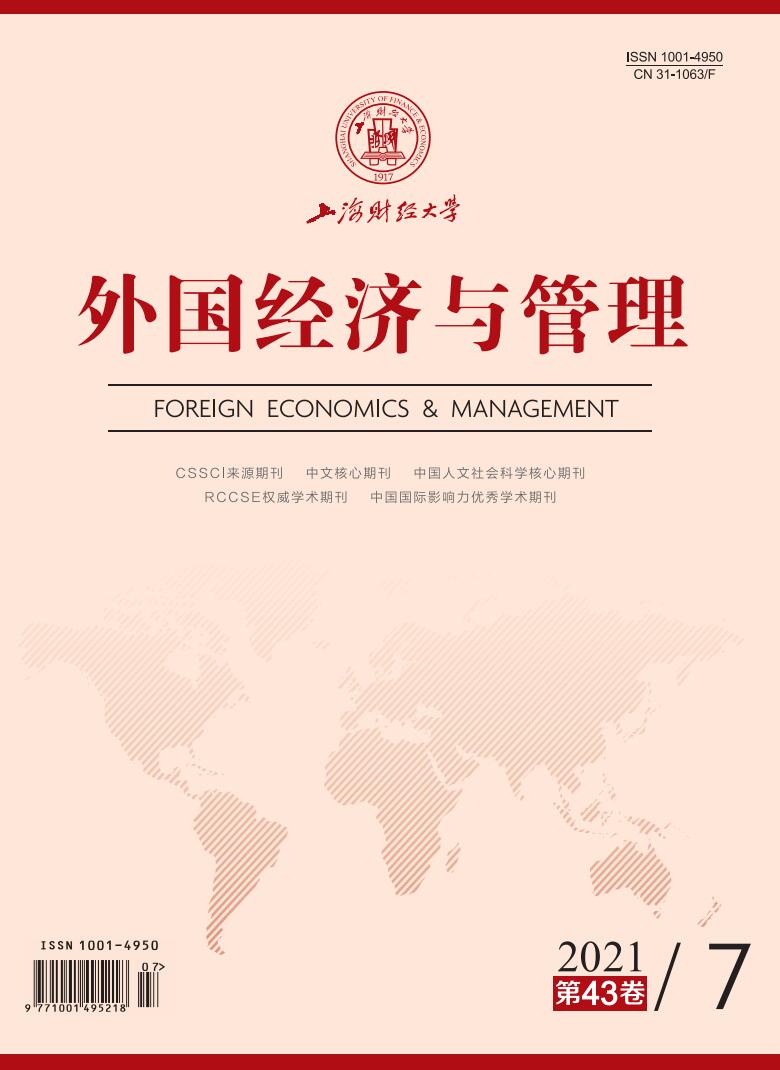With the booming of creative industries in the world, handmade creative products based on Chinese traditional culture have gradually attracted the attention of academic circles. However, startups are generally faced with the problem of matching creative products with users. Existing studies have paid insufficient attention to the uniqueness of creative products and the difficulty of Product-User Fit. Based on the two-sided matching visual angle, this paper takes Yuxian Ceramics, a micro creative enterprise, as an example, and aims to reveal the diversity and hidden factors in the matching process of traditional handmade creative products and users by taking Product-User Fit as the analysis unit. The research findings are mainly as follows: (1) The disconnection between the creation and transmission of idea value is the cause of the mismatch between traditional creative products and users. (2) Build function-oriented minimal viable products (MVP) to verify the hypothesis of product function value, and find angel users. (3) Construct service-oriented MVP with product cognition and situational experience as the core, verify the hypothesis of product idea value, and attract large-scale user groups. The main contributions of this paper are as follows: (1) It identifies the dual value attributes and functions of traditional creative products. (2) It identifies the dual mechanism of matching traditional creative products with users. (3) It analyzes the interrelationship of the dual matching mechanism of matching traditional creative products with users, and enriches the entrepreneurial theory of traditional creative products. Based on the material and spiritual dual attributes of traditional creative products, two closed loops of value creation will be formed to stabilize the function value of products and expand the idea value of products. They complement each other and iterate together to promote continuous matching of creative products with users. The conclusion provides guidance for creative enterprises to explore the development of new products based on traditional cultural resources and seek two-sided matching between products and users, and has reference value for the government to develop policies and plans to foster and support entrepreneurial activities of small and micro creative enterprises.
 / Journals / Foreign Economics & Management
/ Journals / Foreign Economics & ManagementForeign Economics & Management
JIN Yuying, Editor-in-Chief
ZhengChunrong, Vice Executive Editor-in-Chief
YinHuifang HeXiaogang LiuJianguo, Vice Editor-in-Chief
A Research on the Matching Mechanism of Chinese Traditional Creative Products and Users: Taking Yuxian Ceramics as an Example
Foreign Economics & Management Vol. 43, Issue 07, pp. 141 - 152 (2021) DOI:10.16538/j.cnki.fem.20210516.101
Summary
References
Summary
[1] Blank S G. Seven Prints Tribal Translation. Four Steps of Entrepreneurship [M]. Wuhan: Huazhong University of Science and Technology Press, 2012.
[2] Chen Mo, Yu Suihuai, Wang Weiwei and Xu Rui. Design Method and Path of Cultural Creative Products[J]. Packaging Engineering,2019 (24): 1-10.
[3] Gong Yan. Lean Startup Methodology: Growth Model of New Ventures[M]. Beijing: China Machine Press, 2015.
[4] Gu Jiang, Che Shulin. Resource Mismatch, Industrial Agglomeration and the Development of China's Cultural Industry: Based on the Perspective of Supply-side Reform[J]. Fujian Tribune,2017(2): 15-21.
[5] Gu Jiang, Chen Xin, Guo Xinru and Zhang Suyuan. The Logical Framework and Strategic Path for Perfecting the Modern Cultural Industry System During the 14th Five-Year Plan Period[J].Management World, 2021(3): 9-18.
[6] Hu Bin. Internal Mechanisms of Value Cr eation and Policy Dir ection on Cr eative Industries[J]. China Industrial Economics, 2007(5): 22-29.
[7] Li Wuwei, Gu Liying.Value-creating Mechanism and Organization Model of Creative Industries [J]. Academic Monthly, 2007(8): 78-83.
[8] Liu You-jin, Zhou Rui-xia, Hu Li-ming. Research on Organizational Model of Creaitves Industries-Based on the Perspective of Creative Value Chain [J]. China Industrial Economics, 2009(12): 46-57.
[9] Liu Zhiyang, Li Bin, Ren Rongwei and Sang Dawei. Entrepreneurship Management [M]. Shanghai University of Finance and Economics Press, 2016.
[10] Maurya A. Lean Startup Practice [M]. 2nd Ed. Beijing: People's Posts and Telecommunications Press, 2013.
[11] Wei Pengju. The Attributes and Characteristics of Cultural Creative Products [J]. Culture Monthly,2010(8): 51-53.
[12] Zhang Yansong, Mu Xiuying. Cultural Creativity Theory and Practice [M].Beijing: Tsinghua University Press, 2017.
[13] Baumol W J, Bowen W G. Performing arts: The economic dilemma[R]. New York: Twentieth Century Fund, 1966.
[14] Baumol W J. Children of performing arts, the economic dilemma: The climbing costs of health care and education[J]. Journal of Cultural Economics,1996, 20(3): 183-206.
[15] Caves R E. Creative industries: Contacts between art and commerce[M]. Cambridge: Harvard University Press, 2000.
[16] Gale D, Shapley L S. College admissions and the stability of marriage[J]. The American Mathematical Monthly,1962, 69(1): 9-15.
[17] Heilbrun J, Gray C M. The economics of art and culture[M]. Cambridge: Cambridge University Press, 2001.
[18] Romer P M. Endogenous technological change[J]. Journal of Political Economy,1990, 98(5): S71-S102.
[19] Romer P M. Growth based on increasing returns due to specialization[J]. American Economic Review,1987, 77(2): 56-62.
[20] Roth A E. What have we learned from market design?[J]. The Economic Journal,2008, 118(527): 285-310.
[21] Stigler G, Becker G. De gustibus non est disputandum[J]. American Economic Review,1977, 67(2): 76-90.
[22] Towse R. Baumol’s cost disease: The arts and other victims [M]. Second ed. Cheltenham: Edward Elgar, 1997.
Zahra S A. Contextualizing theory building in entreprenurship research[J]. Journal of Business Venturing,2007, 22: 443-452.
Cite this article
Chen Shali, Guo Kaixin, Gong Ke, et al. A Research on the Matching Mechanism of Chinese Traditional Creative Products and Users: Taking Yuxian Ceramics as an Example[J]. Foreign Economics & Management, 2021, 43(7): 141-152.
Export Citations as:
For
ISSUE COVER
RELATED ARTICLES




 11043
11043  7332
7332

